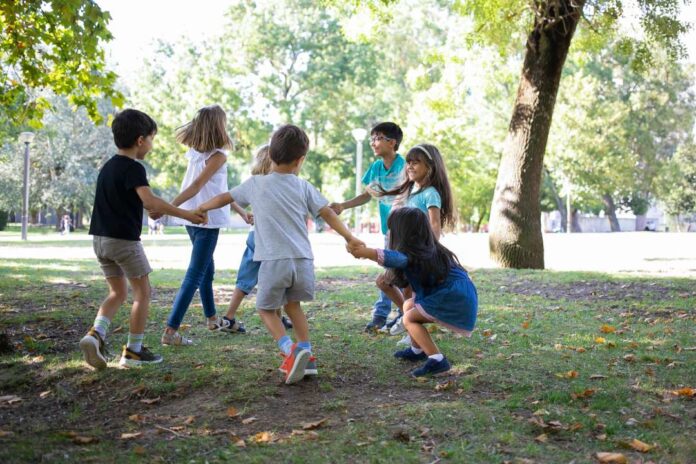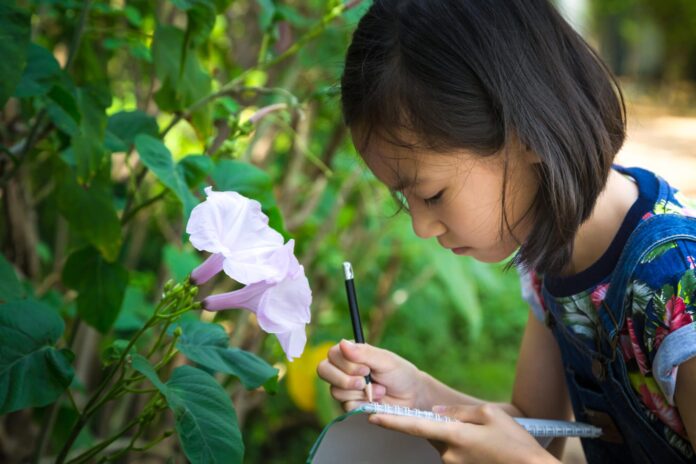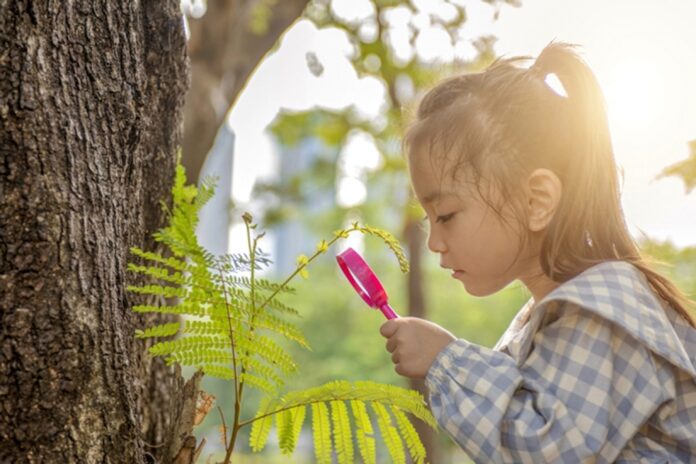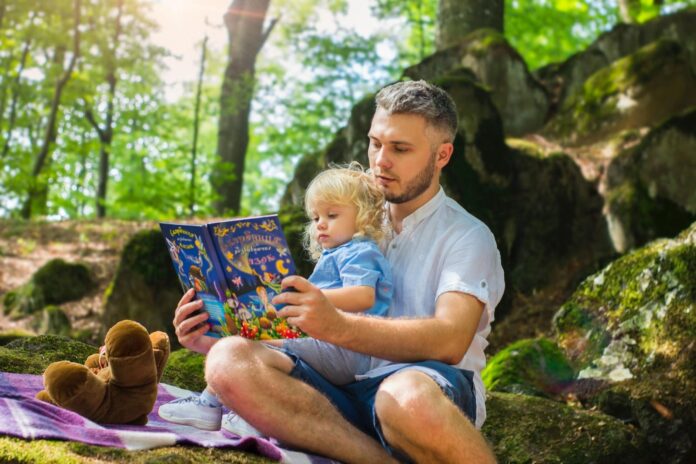Throughout human history, nature has been an integral part of humanity’s existence, influencing how people grow, learn, and thrive. For young children, especially, the natural world isn’t just a backdrop but a dynamic classroom that offers unparalleled learning experiences.
At the intersection of nature and education, young minds discover a realm filled with endless possibilities, from understanding the intricacies of a leaf’s design to the simple joy of chasing butterflies. The early learning experience at Brookvale is a testament to the profound benefits of integrating nature into the formative years of education.
But what exactly does nature-based learning entail, and why does it hold such transformative power for our children? Read on to explore the multifaceted benefits of nature in shaping the minds of the next generation.
Why Nature-Based Learning Matters

In a world where screen time often eclipses outdoor play and urban landscapes overshadow green spaces, the importance of nature-based learning has never been more critical.
Here’s a closer look at its significance:
- Holistic development: Nature provides a comprehensive environment for children. Every interaction, whether climbing a tree, observing a bird, or simply feeling the texture of soil, promotes growth. Physically, they improve balance, agility, and coordination. Mentally, they hone observational and analytical skills and develop patience, empathy, and understanding emotionally.
- Cognitive boost: Nature is unpredictable, and this unpredictability fosters cognitive development. Observing the patterns in which leaves fall, predicting which way a beetle will move, or understanding the cause and effect of stones creating ripples in water—all these experiences fine-tune a child’s analytical and problem-solving skills.
- Emotional well-being: The tranquility of nature is a natural antidote to the stresses of modern life. Children find solace in the natural world’s rhythms, whether it’s the consistent ebb and flow of the tides or the reliable rising and setting of the sun. Such consistent patterns provide comfort and stability, helping children process emotions, manage anxiety, and develop resilience.
Understanding the importance of nature-based learning is essential in today’s age. It’s not just about getting fresh air or physical exercise; it’s about cultivating a bond with the environment and promoting comprehensive growth in young children.
Advantages Over Traditional Learning

While traditional classrooms have their merits, integrating nature into the learning experience offers distinct advantages that can’t be replicated within four walls.
These unique benefits are worth exploring:
- Stimulated senses: The natural world engages all five senses. The rustling of leaves, the scent of fresh rain, the myriad colors of a garden—each of these experiences stimulates the senses in ways that a textbook or digital screen can’t. Such multi-sensory engagement enhances memory retention and fosters a deeper understanding of subjects.
- Real-world application: Nature provides a practical setting for many theoretical concepts taught in classrooms. For instance, instead of just reading about the water cycle, children can witness evaporation from puddles or the formation of dew on plants. Such firsthand experiences make abstract concepts tangible and memorable.
- Fosters independence and confidence: In nature, children often face situations where they must make decisions, whether it’s choosing a safe path to walk or determining which rocks are sturdy enough to step on. These moments encourage self-reliance, boost decision-making skills, and build confidence.
Incorporating nature into the learning process doesn’t negate the value of traditional education but rather complements and enriches it. By blending both, children receive a well-rounded education that prepares them for various life scenarios.
Integrating Nature In Early Education

Nature’s classroom holds endless lessons waiting to be discovered. To harness the potential of these lessons in early education, here are some strategies that blend nature and traditional learning:
- Outdoor classrooms: Allocate dedicated time for lessons outdoors. Such settings make learning more interactive and engaging, whether it’s a reading session under a tree or a math lesson using natural objects like pebbles and leaves.
- Nature journals: Encourage children to maintain nature journals. Documenting daily observations, drawing plants, or jotting down the behavior of insects allows children to sharpen observational and recording skills, all while creating a personal connection with nature.
- Incorporate natural elements in indoor learning: Even indoors, educators can use elements from nature. Examples include using dried leaves for art projects, studying the growth of potted plants, or observing the behavior of classroom pets.
- Seasonal studies: Every season offers unique learning opportunities. Whether studying migration patterns in the fall, plant growth in the spring, or snow’s properties in winter, aligning lessons with seasons keeps content fresh and relevant.
Successfully weaving nature into early education requires intention and creativity. But the rewards, in the form of engaged, curious, and environmentally conscious learners, make the effort well worth it.
Tips for Parents

Parents play a pivotal role in ensuring that the benefits of nature-based learning extend beyond the classroom and seep into everyday life. If you’re eager to cultivate a love for nature in your child and optimize their learning experiences, consider the following strategies:
- Be their nature buddy: Accompany your child instead of just sending them outdoors. Go on nature walks, have picnics, or simply lay on the grass and gaze at the clouds. Your presence and enthusiasm will make these experiences more memorable and meaningful.
- Encourage curiosity: When your child asks questions about a bird, insect, or any natural phenomenon, take the time to explore the answers together. This fosters a sense of wonder and emphasizes that learning can happen anytime, anywhere.
- Equip them: Arm your young explorer with simple tools such as magnifying glasses, binoculars, or even notebooks for sketching. These tools can enhance their observational skills and make their nature adventures more interactive.
- Designate a nature spot at home: Whether it’s a corner in the backyard or a dedicated space in their room, having a place where they can store their nature finds (like rocks, leaves, or twigs) and revisit them can be a great way to keep the connection alive.
By actively involving yourself and providing the right resources and opportunities, you can ensure that your child fully reaps the benefits of nature, molding them into observant, curious, and environmentally responsible individuals.
Conclusion
With its boundless wonders, nature isn’t just a place to visit—it’s where children can grow, learn, and thrive most vibrantly. By intertwining early education with the world outdoors, educators lay a foundation rich in experiences, knowledge, and values.
As you journey forward, consider the immeasurable benefits nature offers. Commit today to advocate for nature-based learning, and watch as it crafts a brighter, fuller, and more harmonious future for the young minds in your care.








